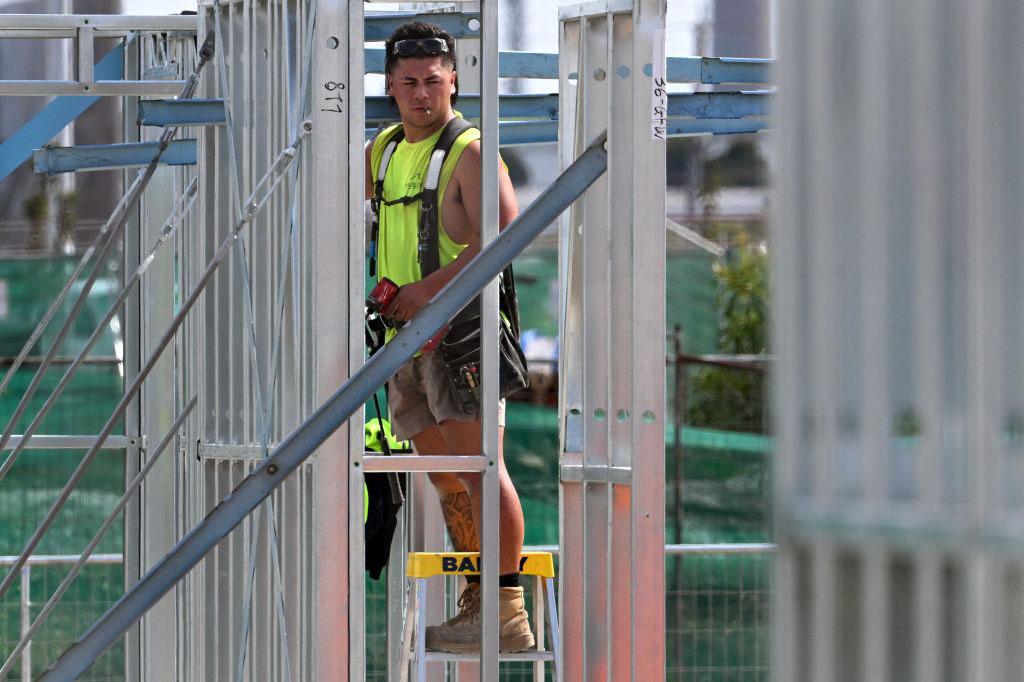Many older couples will happily talk about how they met at a dance at an old hall once upon a time.
The process was simple—deciding they liked each other, then entering into a relationship to marry and start a family.
These days, dating is largely dictated by how attractive someone looks at a glance, because most apps work on a process that involves rapidly swiping “yes” or “no” on a photo of a potential suitor.
A person’s entire worth can be determined in just seconds, and that trend is leading to an increase in cosmetic procedures and body issues among single women, the latest research suggests.
UniSA Bachelor of Psychology (Honours) graduate, and provisional psychologist, Naomi Burkhardt, who led the study published in Computers in Human Behaviour, said the visual nature of online dating was placing an increased burden on appearance.
“The visual nature of dating apps, which prioritise photo-based profiles, places significant pressure on users to present themselves in an idealised matter which is not genuine,” she said.
In the university’s survey of 308 Australian women aged from 18 to 72, it was found that nearly half of them had used a dating app in the past two years, and one in five had reported having at least one cosmetic procedure.
Changing Face of Dating
Data from America’s Stanford University shows how rapidly things have changed in the dating world.In 1995, just two percent of heterosexual couples were meeting partners online amid slowly emerging internet technology.
In the mid-90s, most people met via mutual friends, while bars, workplaces, educational institutes, and family connections made up the remainder of the statistics.
By 2017, the number of couples meeting online had jumped to 39 percent, surpassing introductions through mutual friends, which had dropped to 20 percent.
Meanwhile, dating through workplaces, educational institutions, and family connections has declined.
Internet dating provider eHarmony predicts 70 percent of relationships will be initiated online by 2040.
However, some studies suggest younger adults may be walking a slightly different, though no less digital path down lover’s lane.
A study released this month by the University of Illinois at Urbana-Champaign, found that two-thirds of U.S. college students held ideas around romantic relationships that were similar to a decade or two ago, it was simply that the trajectory of relationships had changed.
Instead of prioritising family approval, younger couples now view integration into friendship circles as a key milestone. Earlier research in 2012 showed family approval was a bigger factor.
According to the study, younger couples view moving in together as a more significant step than engagement, with a strong emphasis on making a relationship “official” once it is established.
As dating continues to evolve, research co-author Lauren Conboy urged dating app creators to include features that took some weight off appearance.
Suggestions include algorithm-based personality matching and self-compassion exercises to reduce pressure on users.







